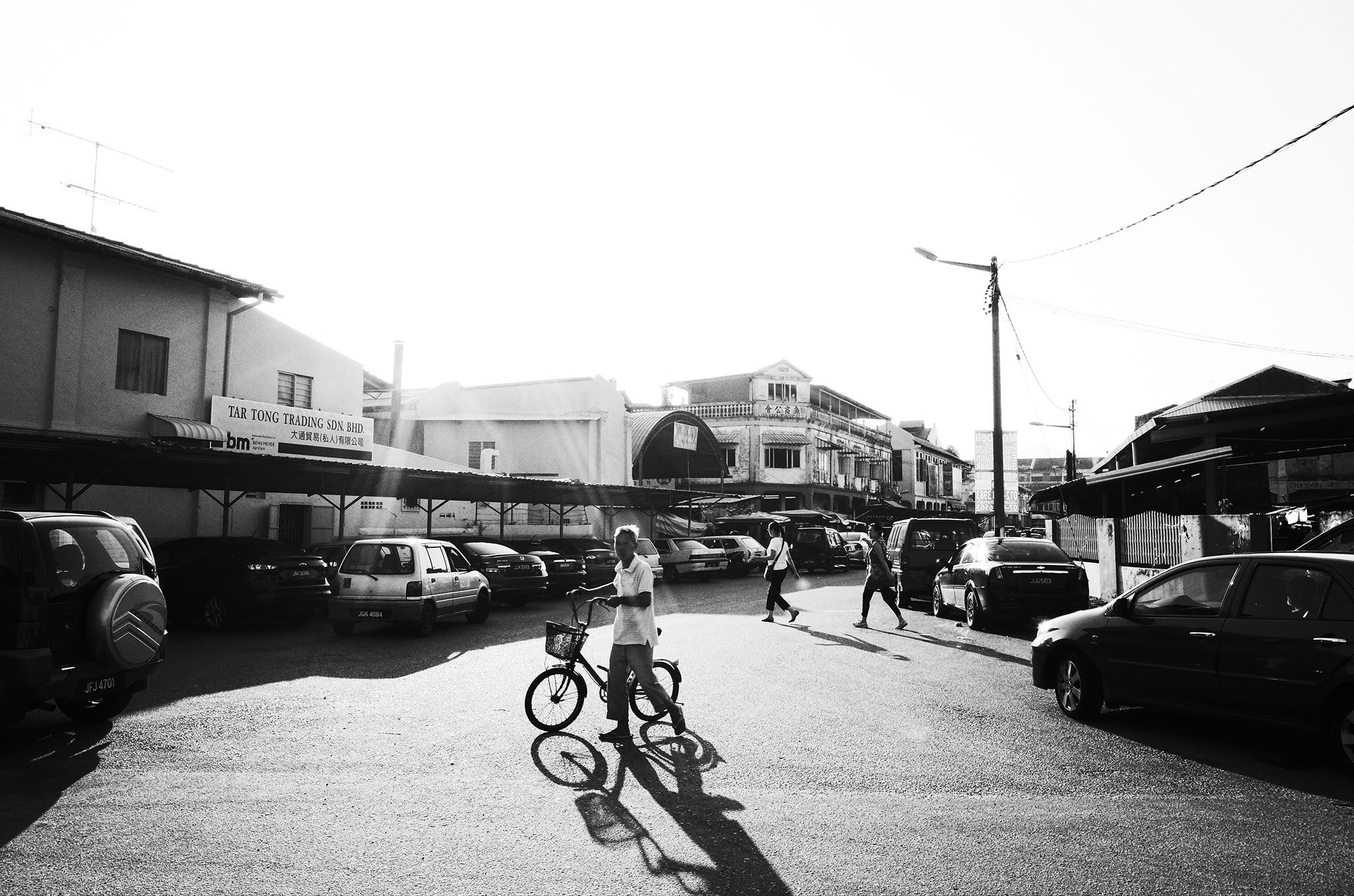SOCIAL AND CULTURAL

A sunny day on the streets of Batu Pahat
Despite its humble beginnings Batu Pahat has begun to leave its mark on the national scene. In 2006, Batu Pahat had overtaken Muar to become the second largest urban area in Johor. By 2012, Batu Pahat had become the 16th largest urban area in Malaysia. Today Batu Pahat has a population of more than 300,000 and the district has over 100,000 households with an estimated population of half a million.
Chinese make up the majority of the town’s population at 62% followed by the Malay at 36% and Indians at 2%. A significant majority of Batu Pahat’s Chinese residents are Hokkien and they have established one of the country’s centers of religious worship with over 400 temples
which draws devotees and tourists from the southern states, Kuala Lumpur and Singapore. The town, in keeping with its multiracial composition, has religious congregations of all the major religions including Islam, Christianity and Hinduism within the town and its vicinity.
The Hokkien in the town are descendants of migrants from southern Fujian Province and speak a southern version of the Hokkien dialect which is distinct from the Penang or Northern version. There are also significant numbers of Teochew from Guangdong province and other southern migrant communities who converse in the Hakka, Cantonese and Hainanese dialects Mandarin is the lingua franca for the Chinese communities.
The Malays in the town use the Johorean Malay dialect also known as the Johor-Riau dialect which is a literary standard language derived from the Johor and Malacca Sultanates. Malays in Batu Pahat are descended from different sub ethnic groups most notably Melayu, Javanese, Bugis, Banjar and Orang Kuala (the indigenous group). The India community in Batu Pahat is mostly made up of ethnic Tamils